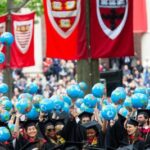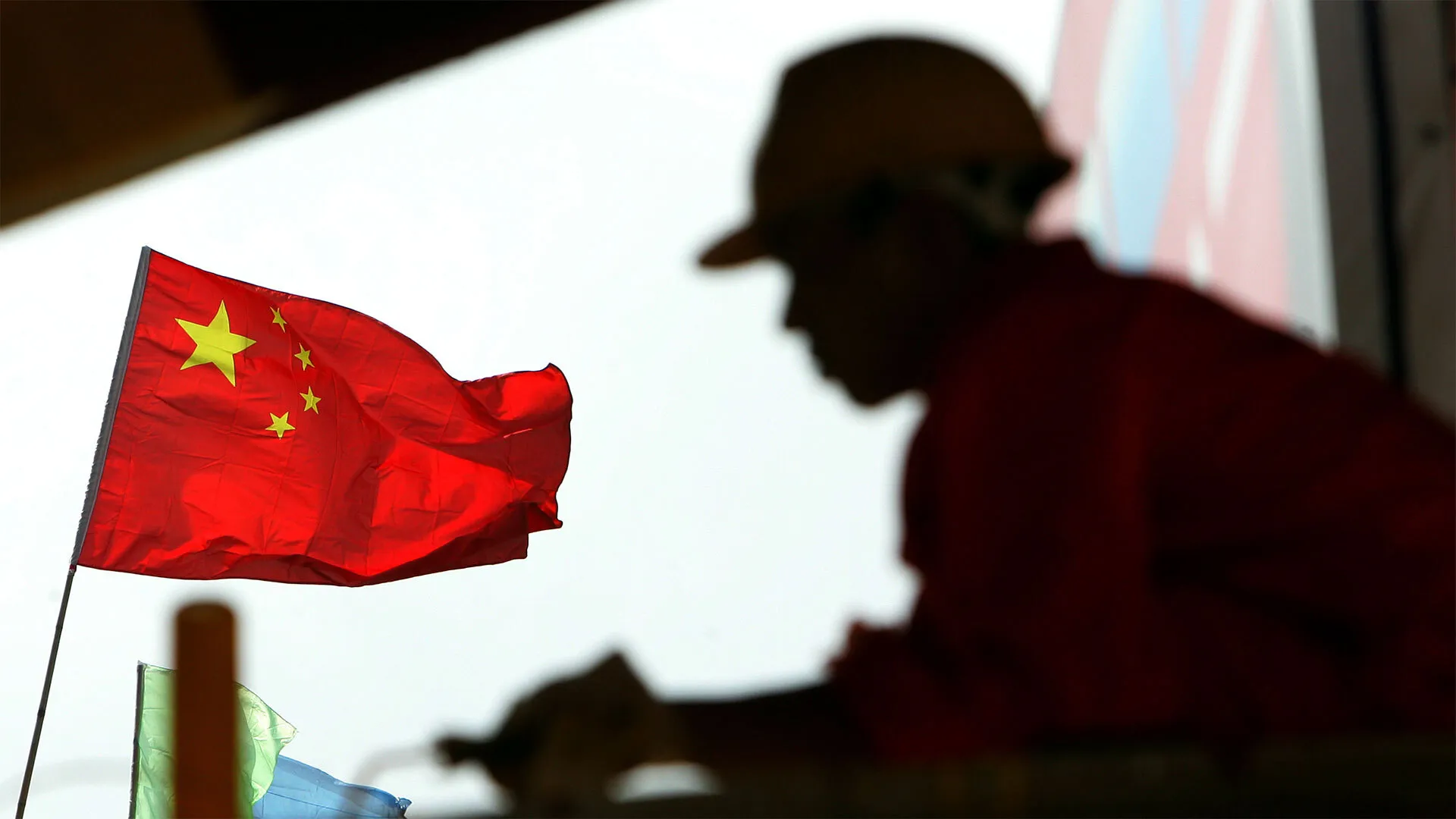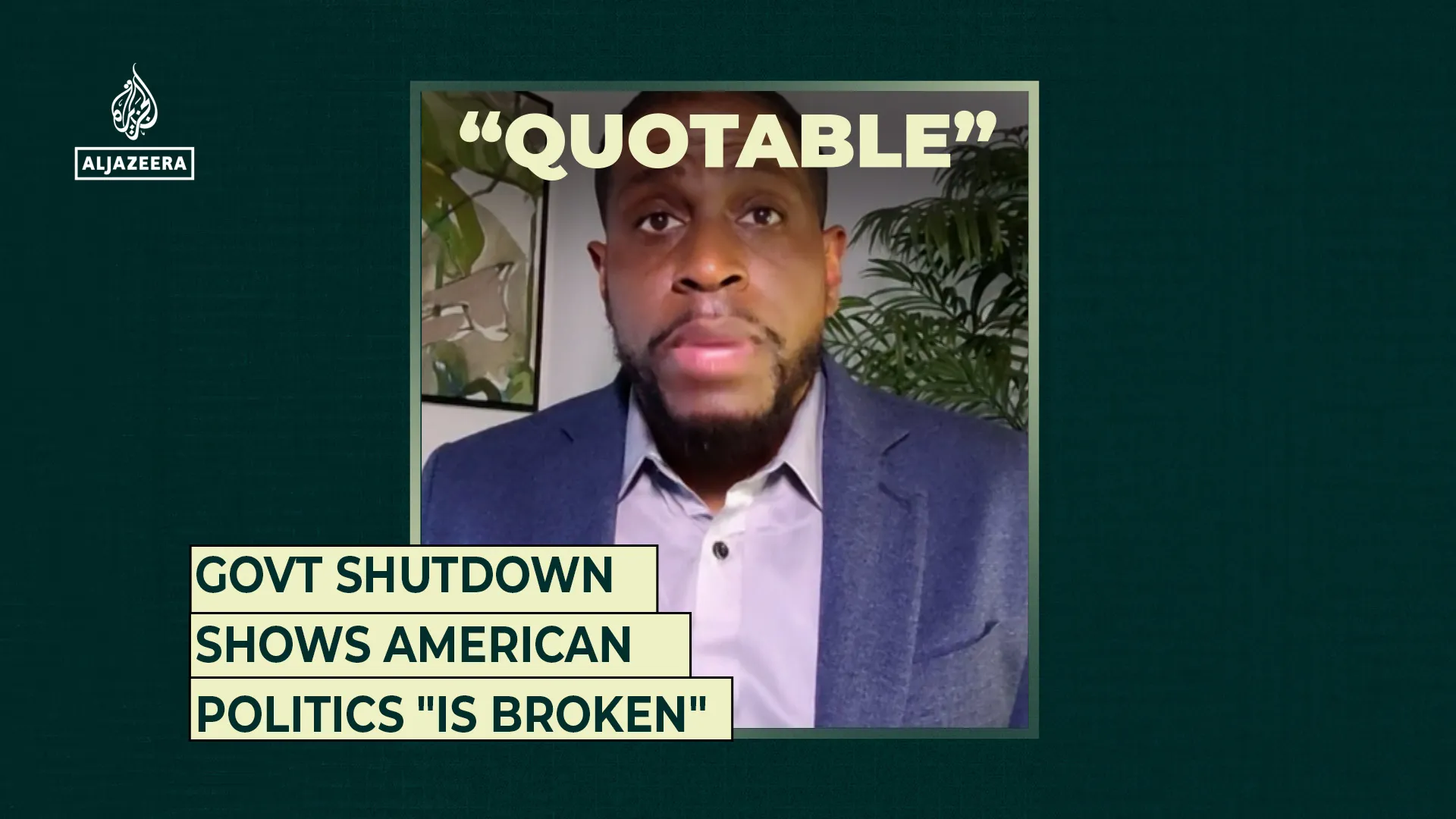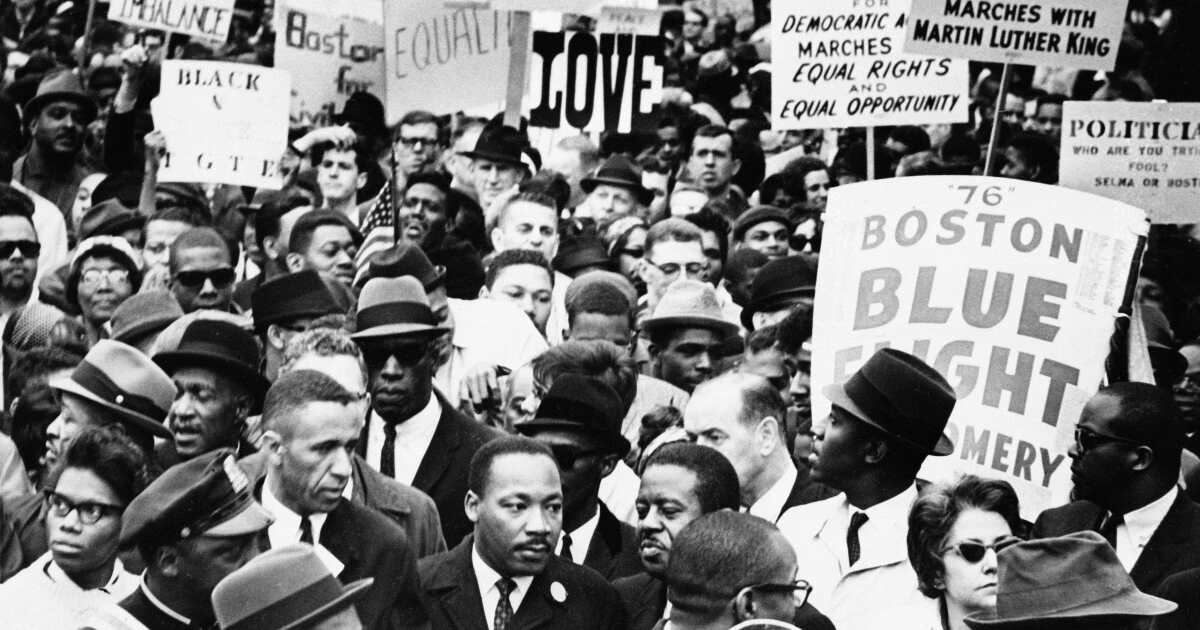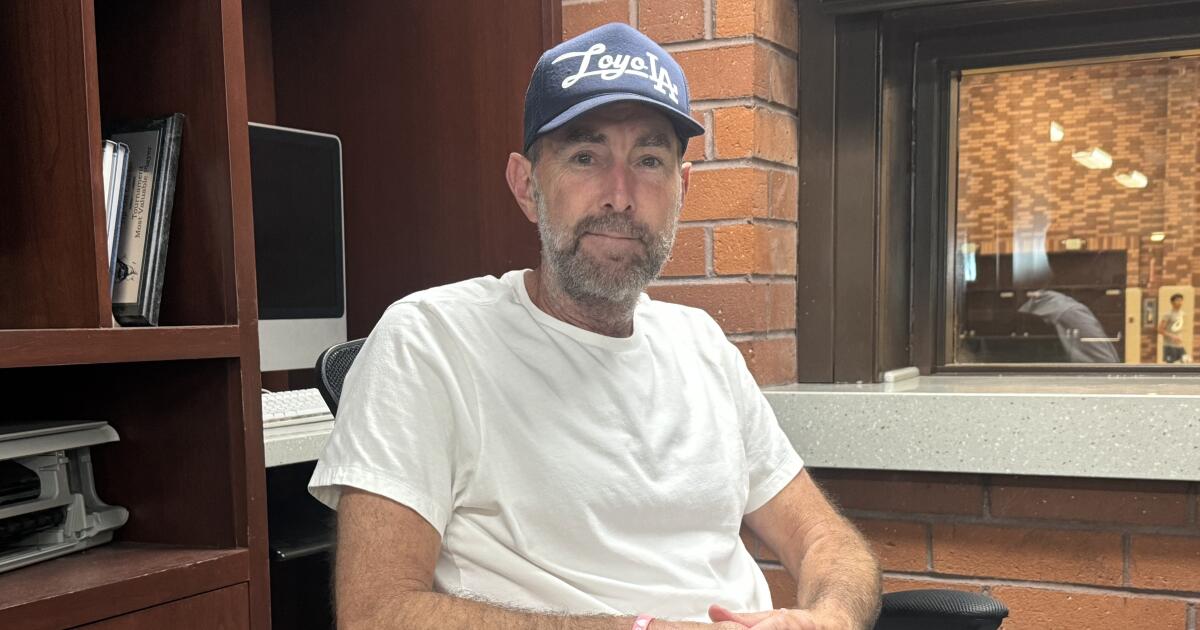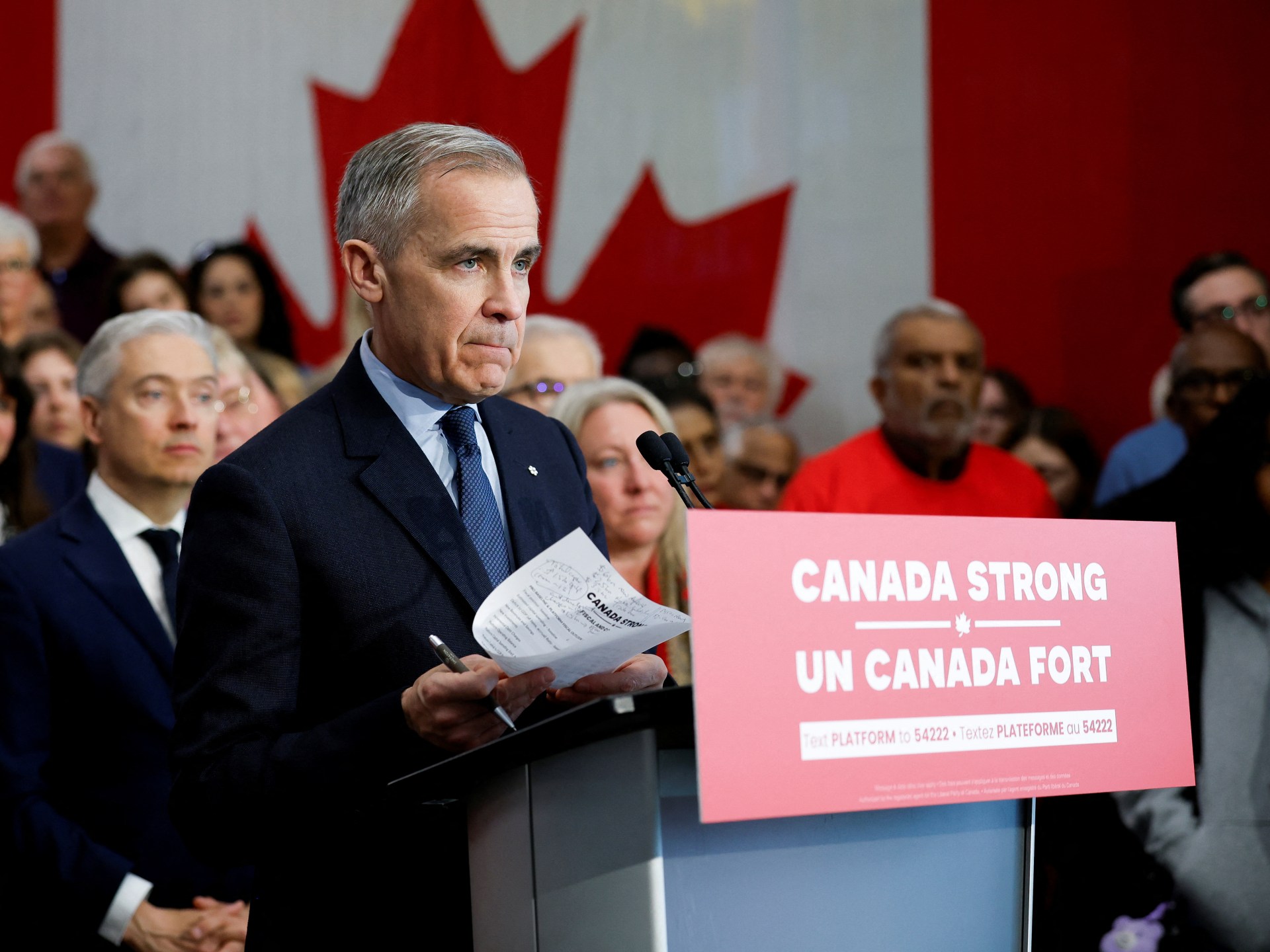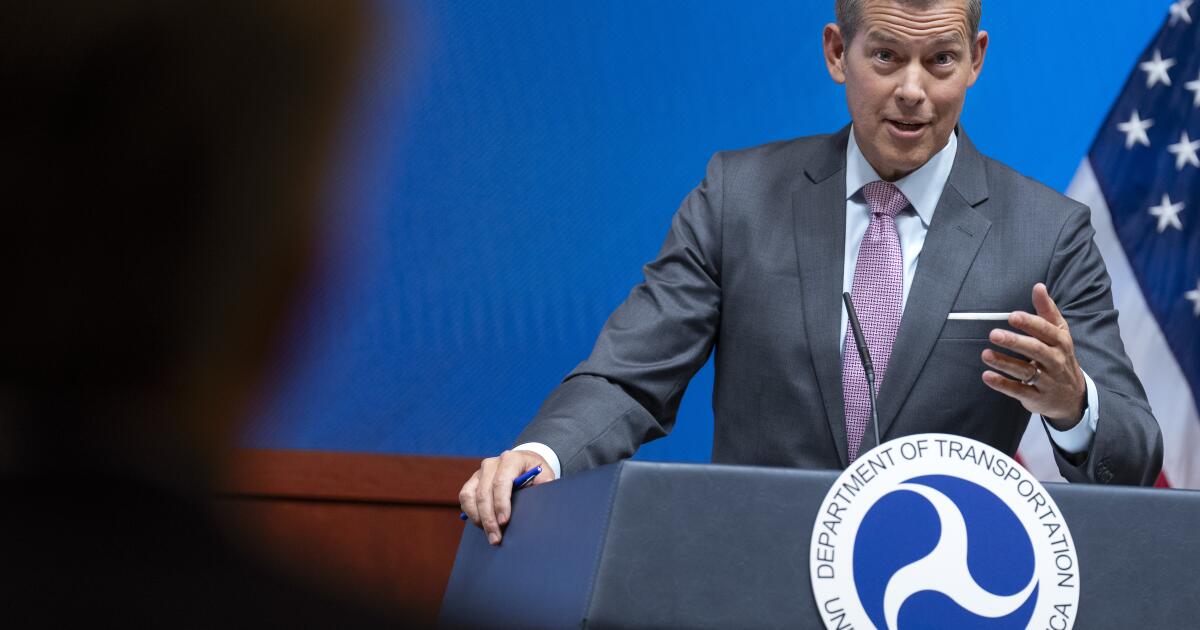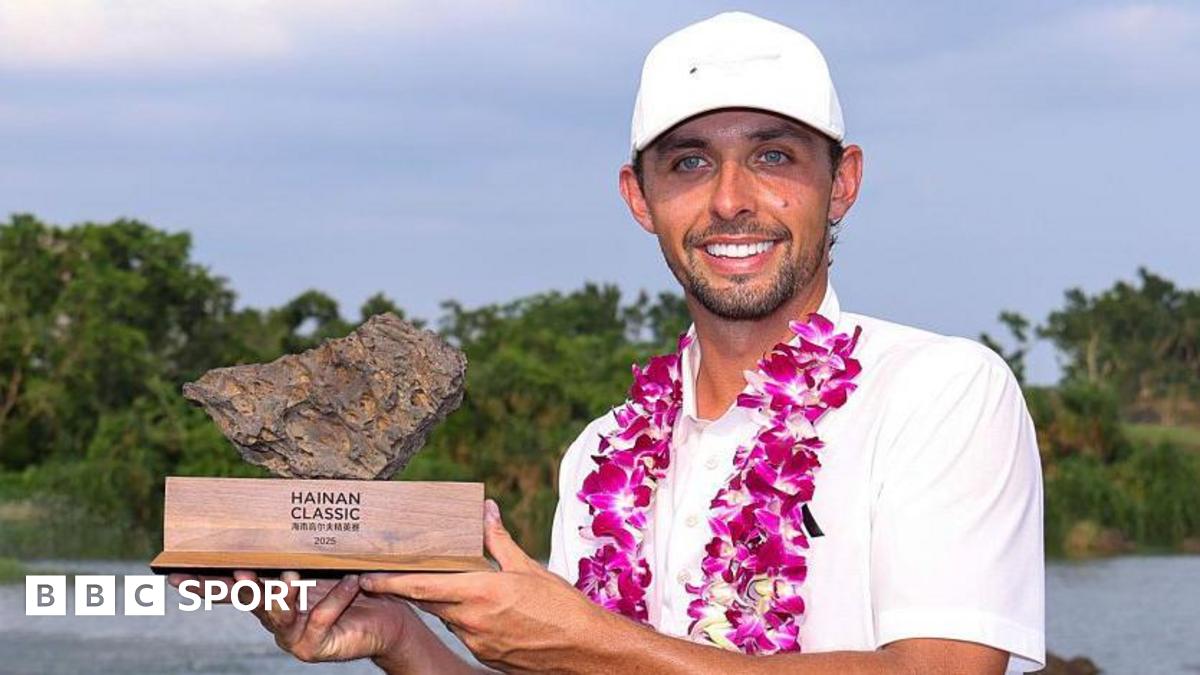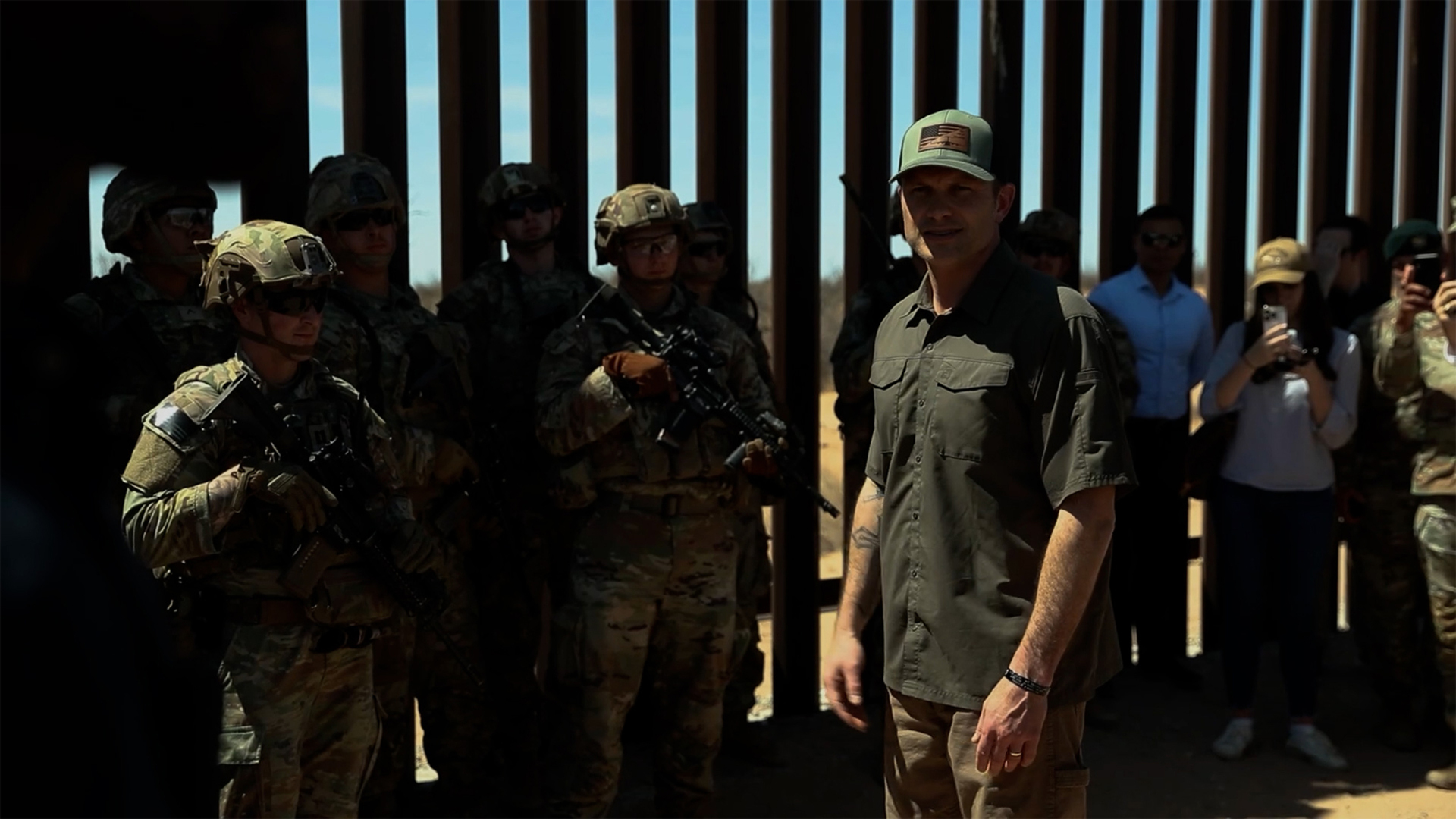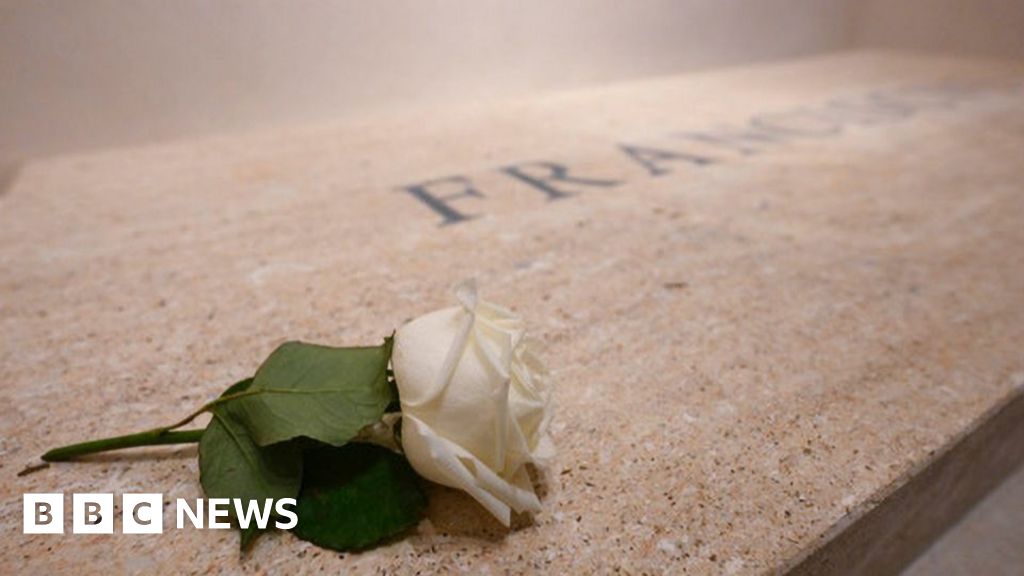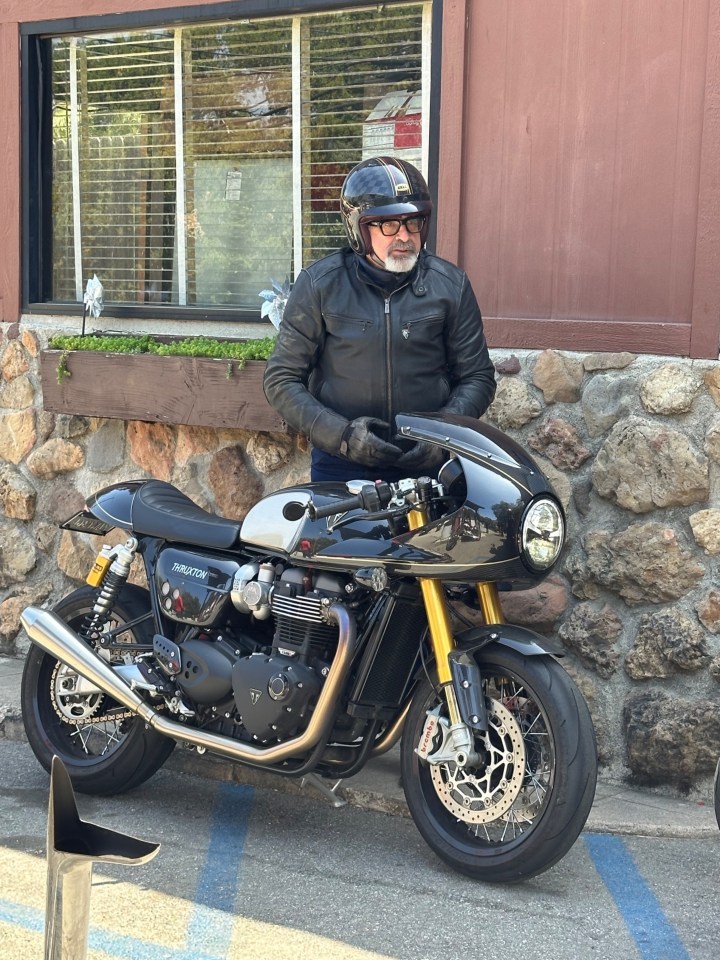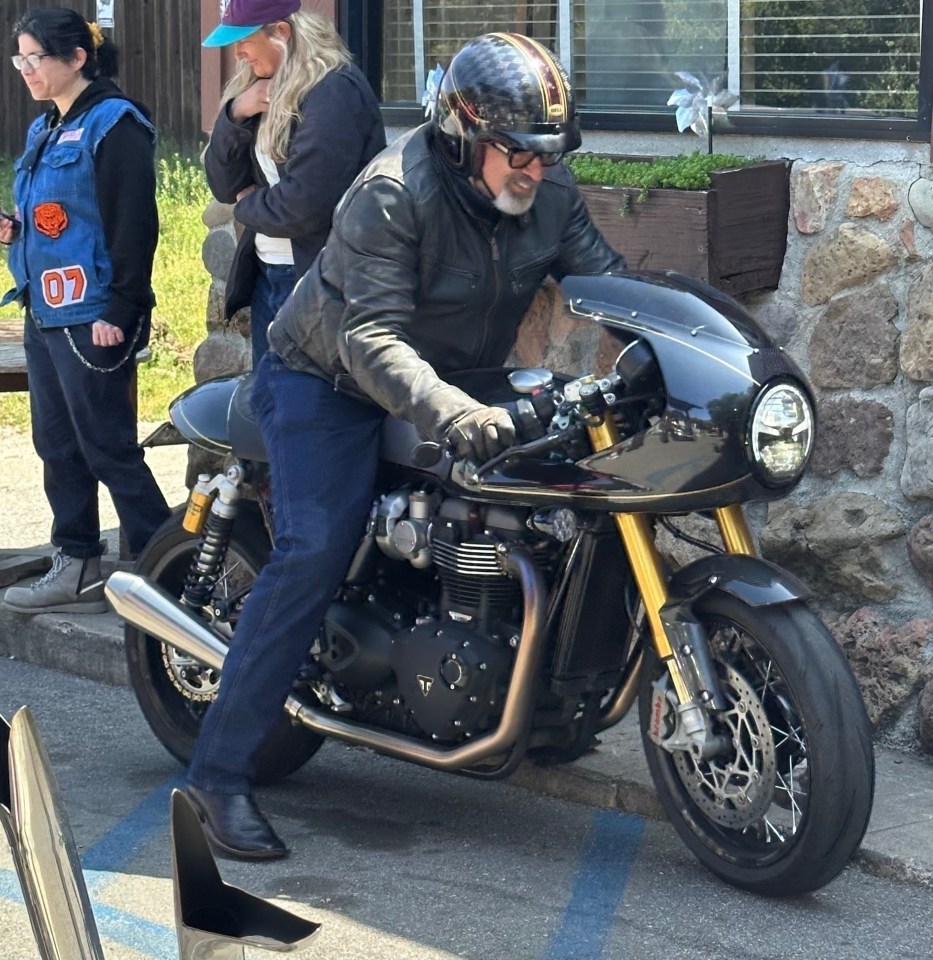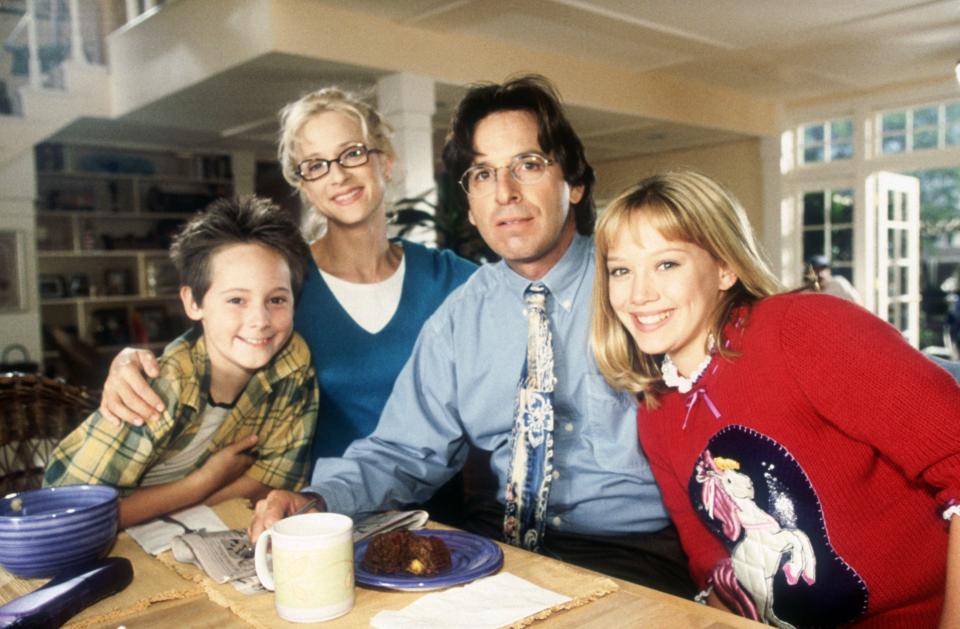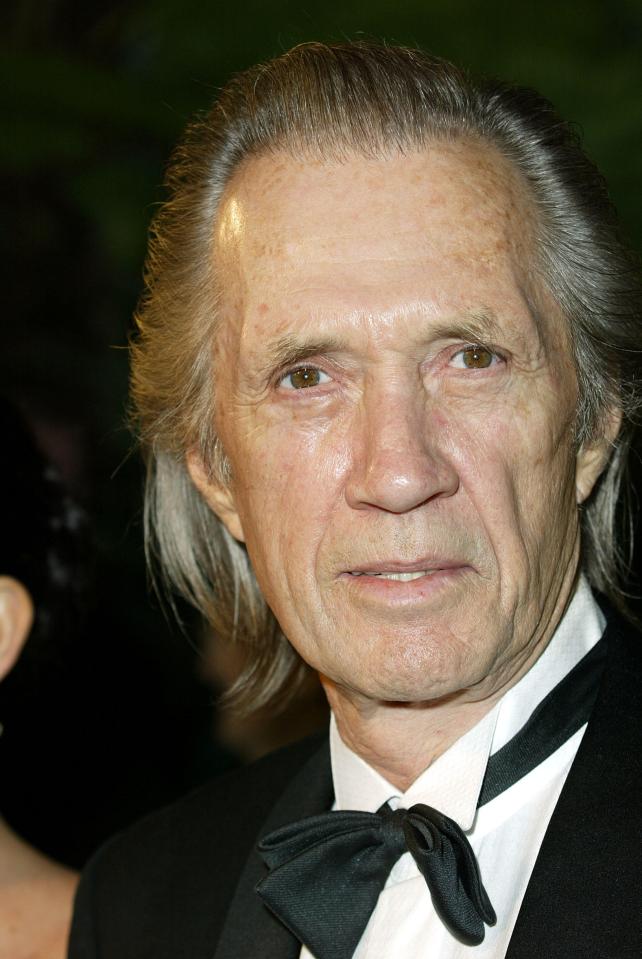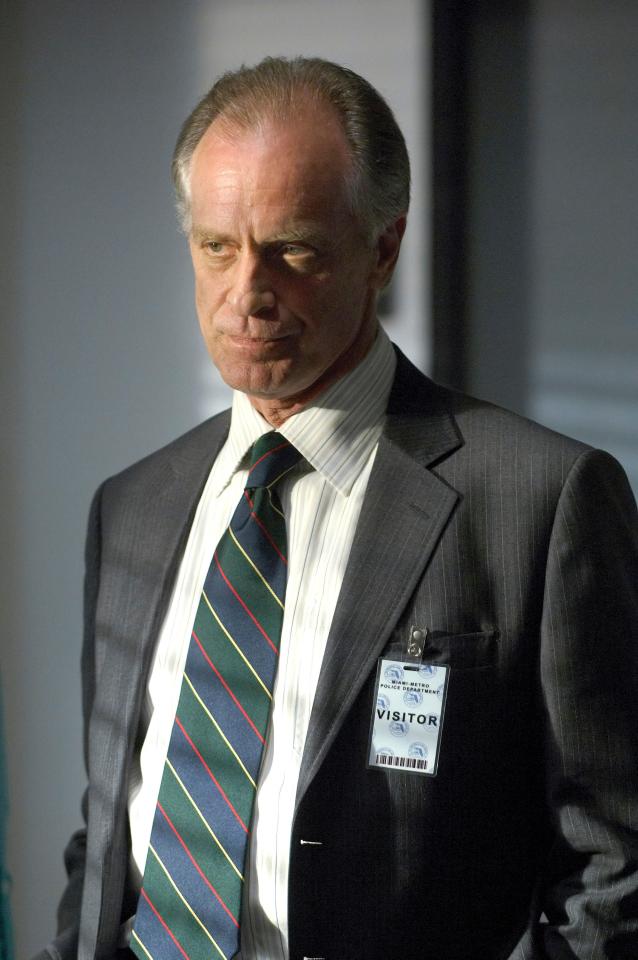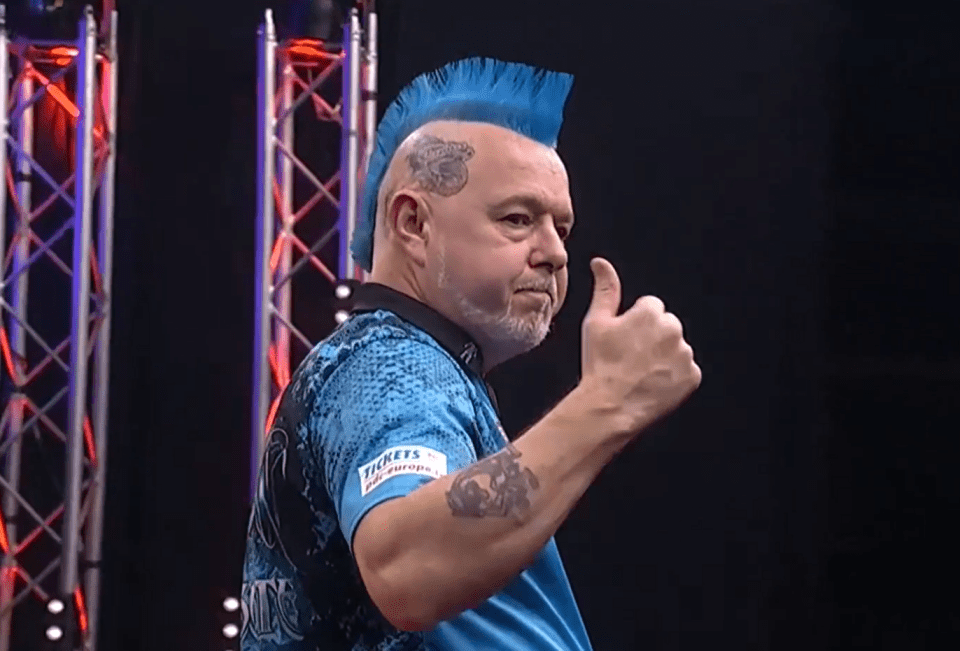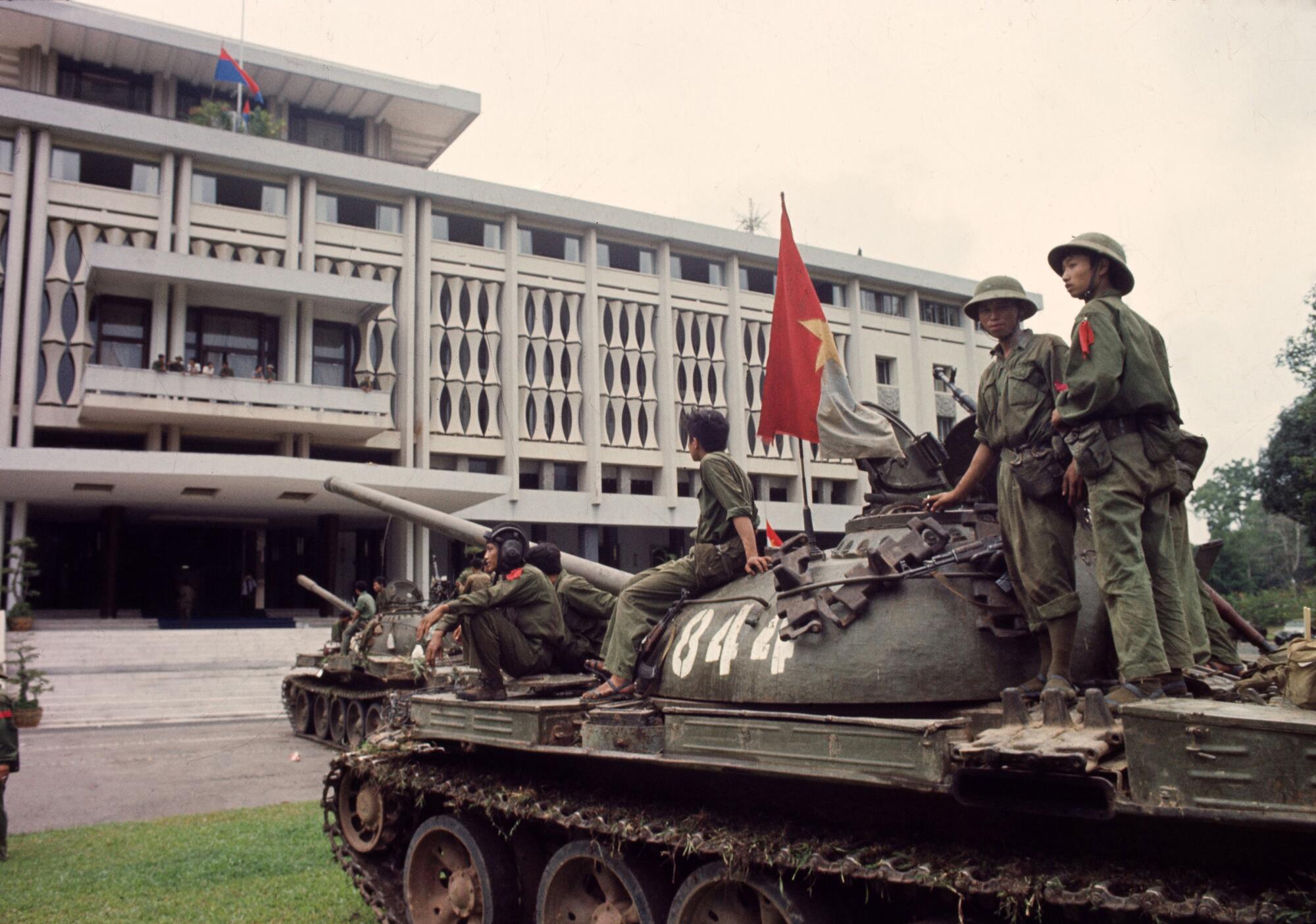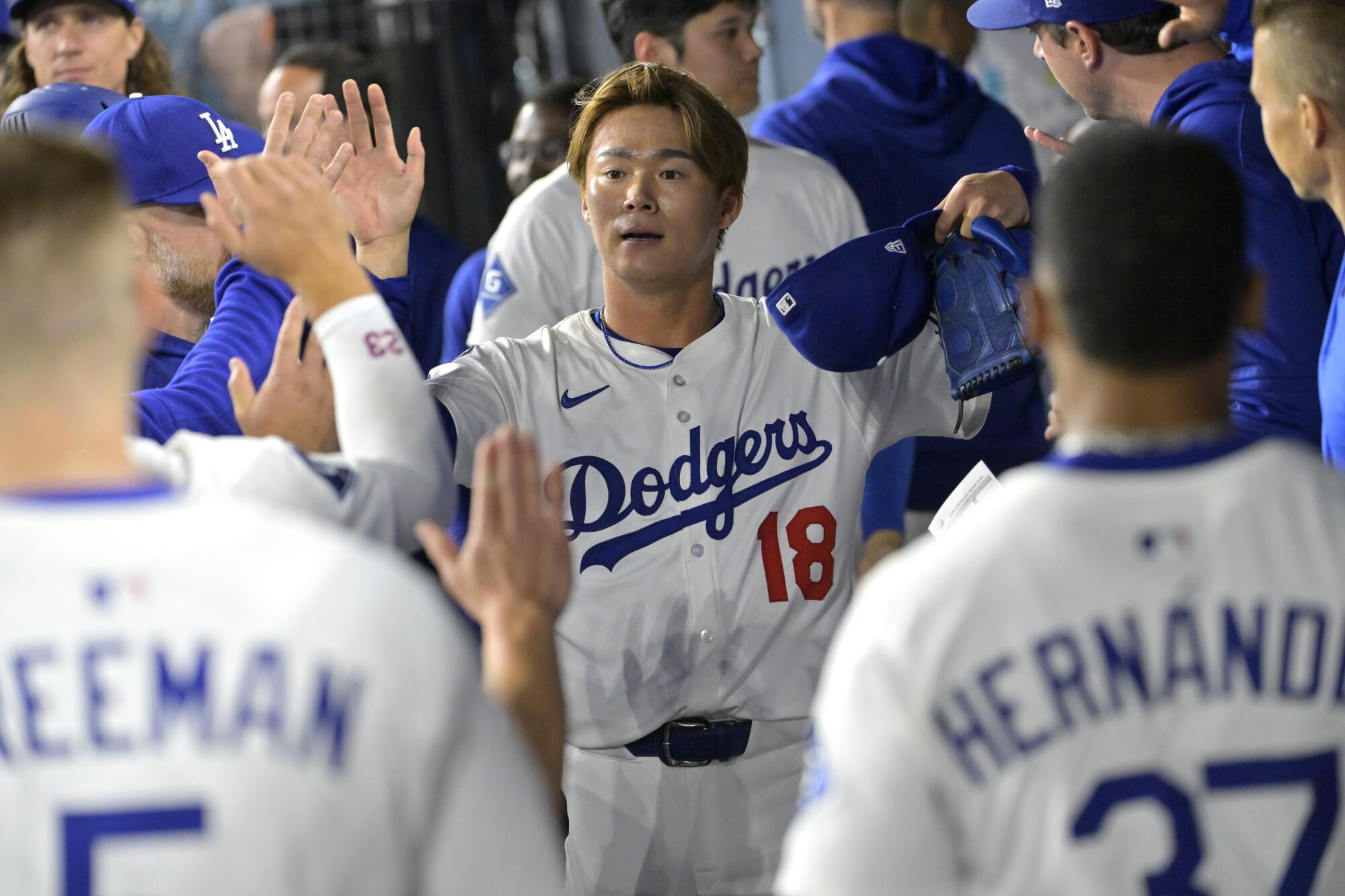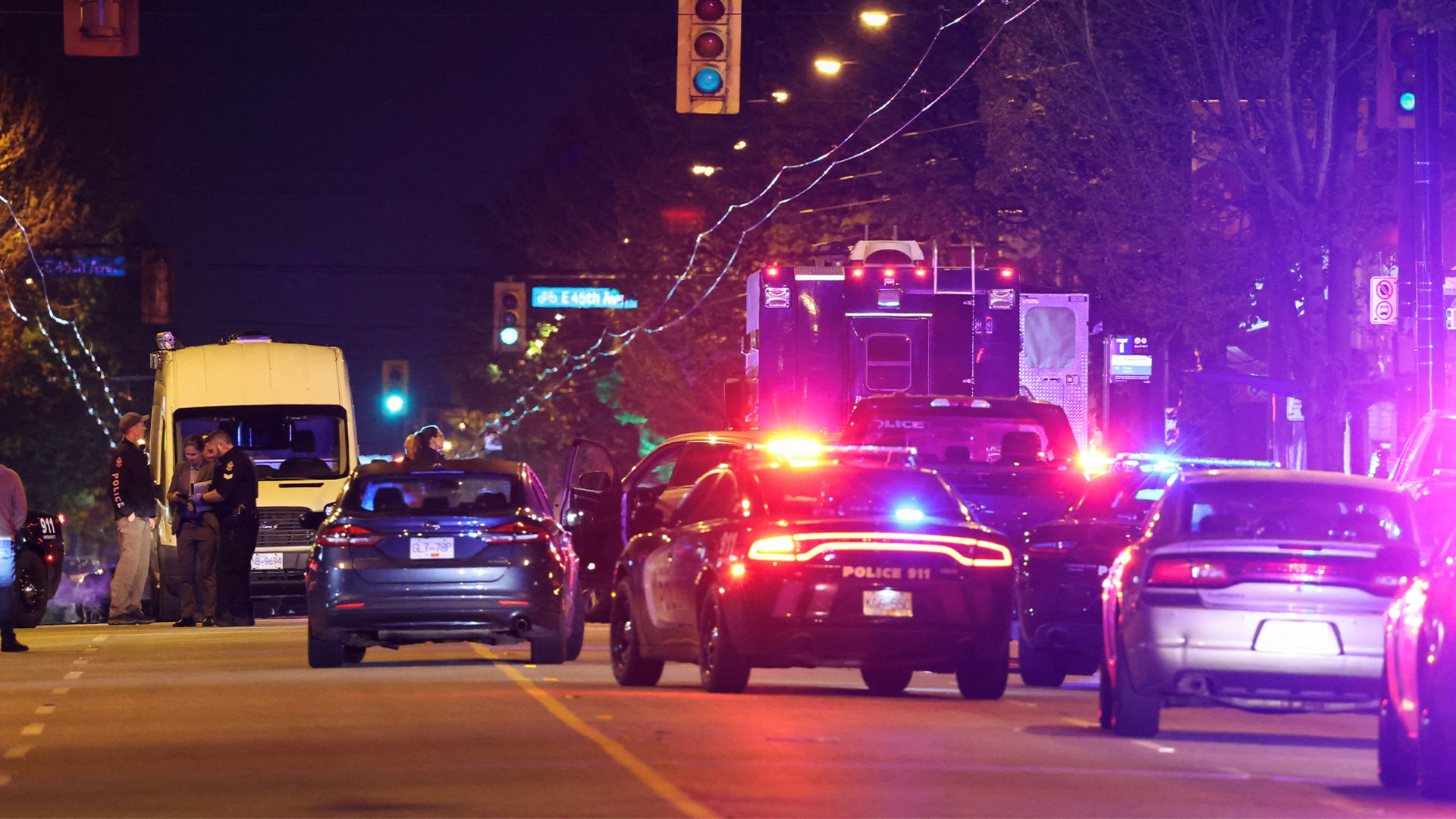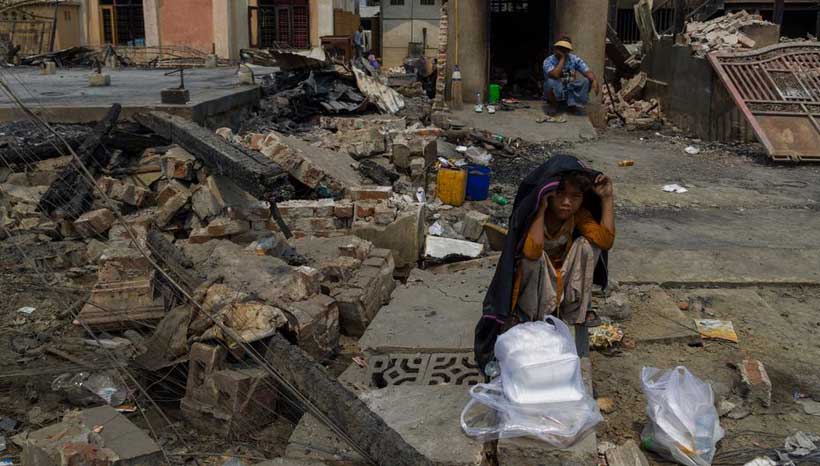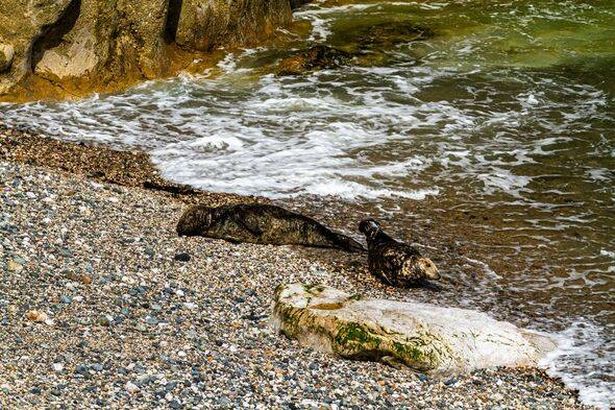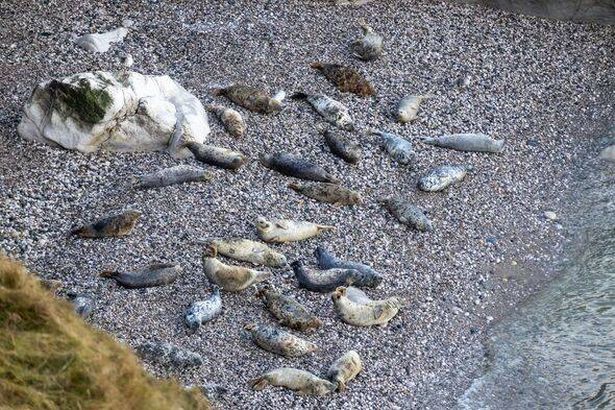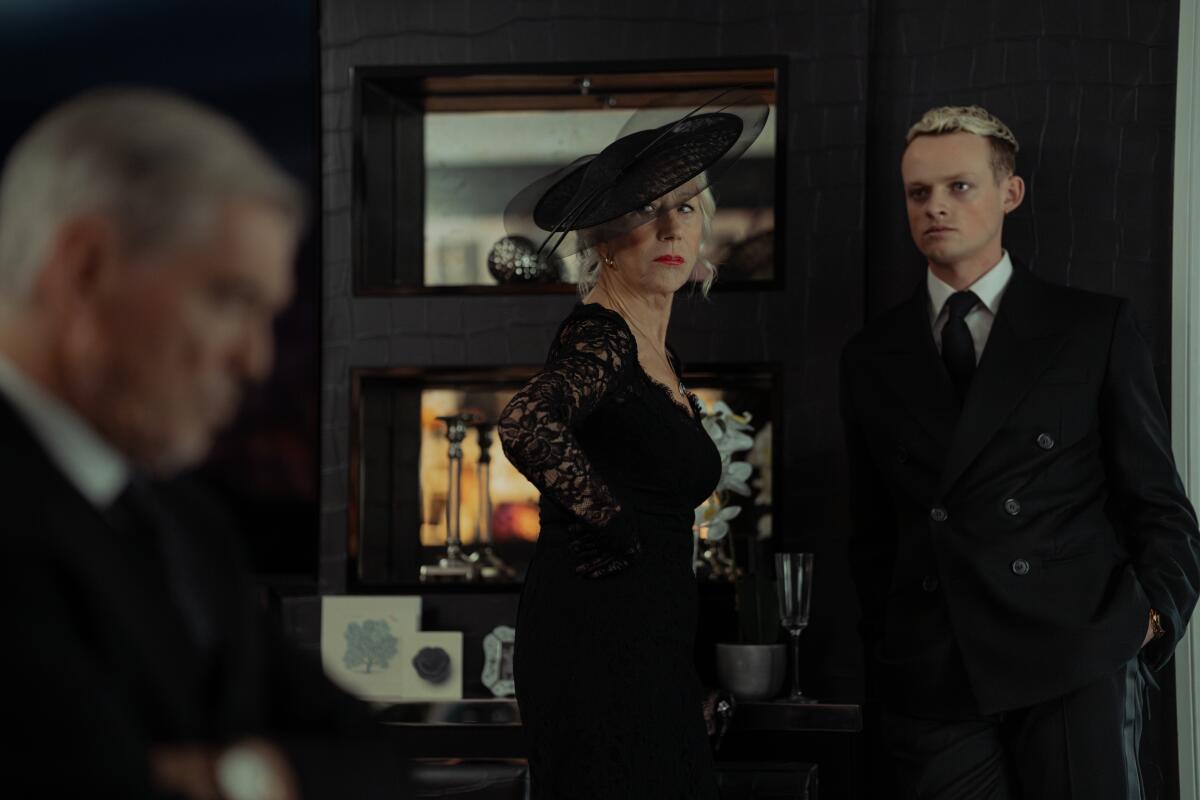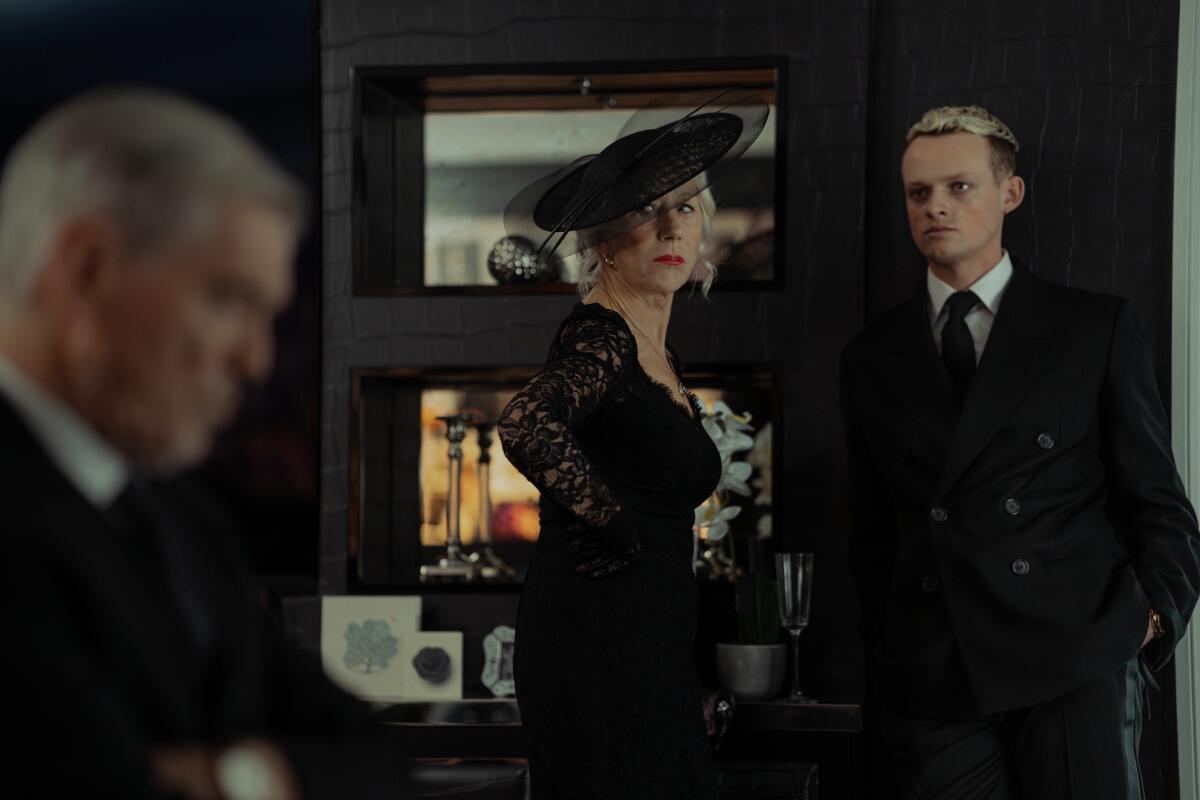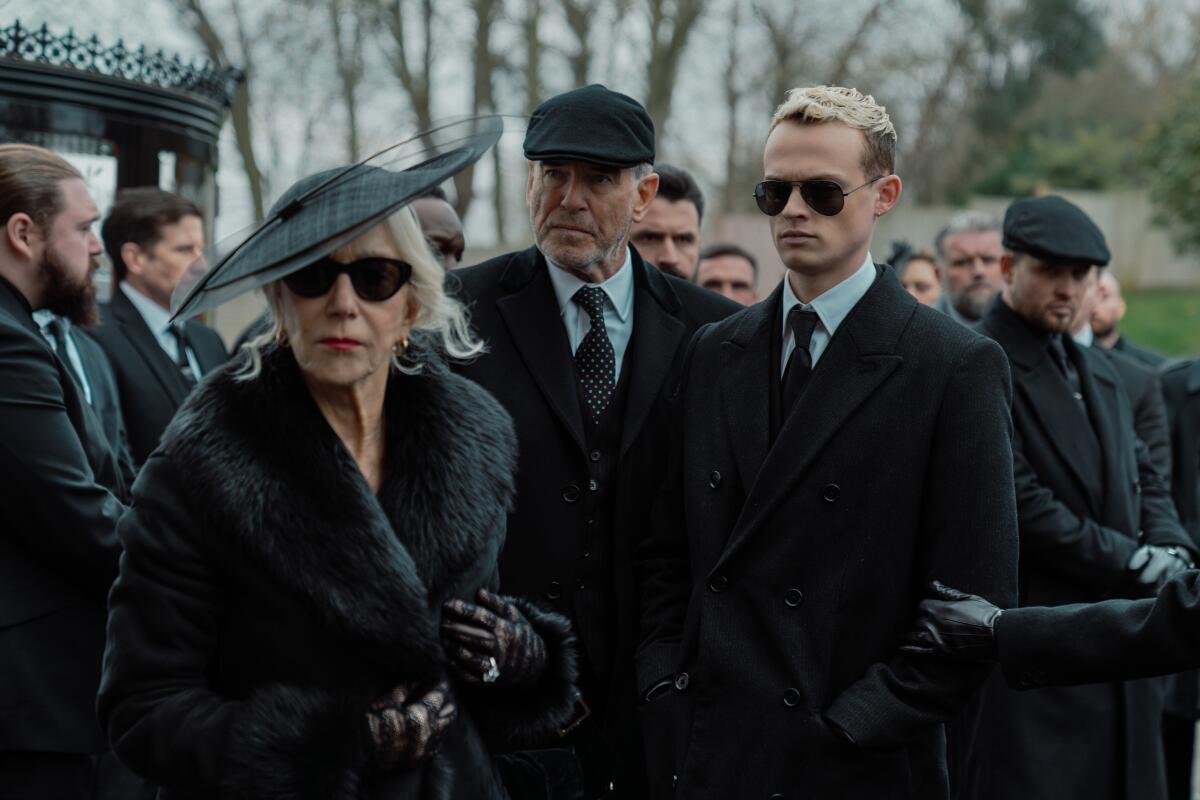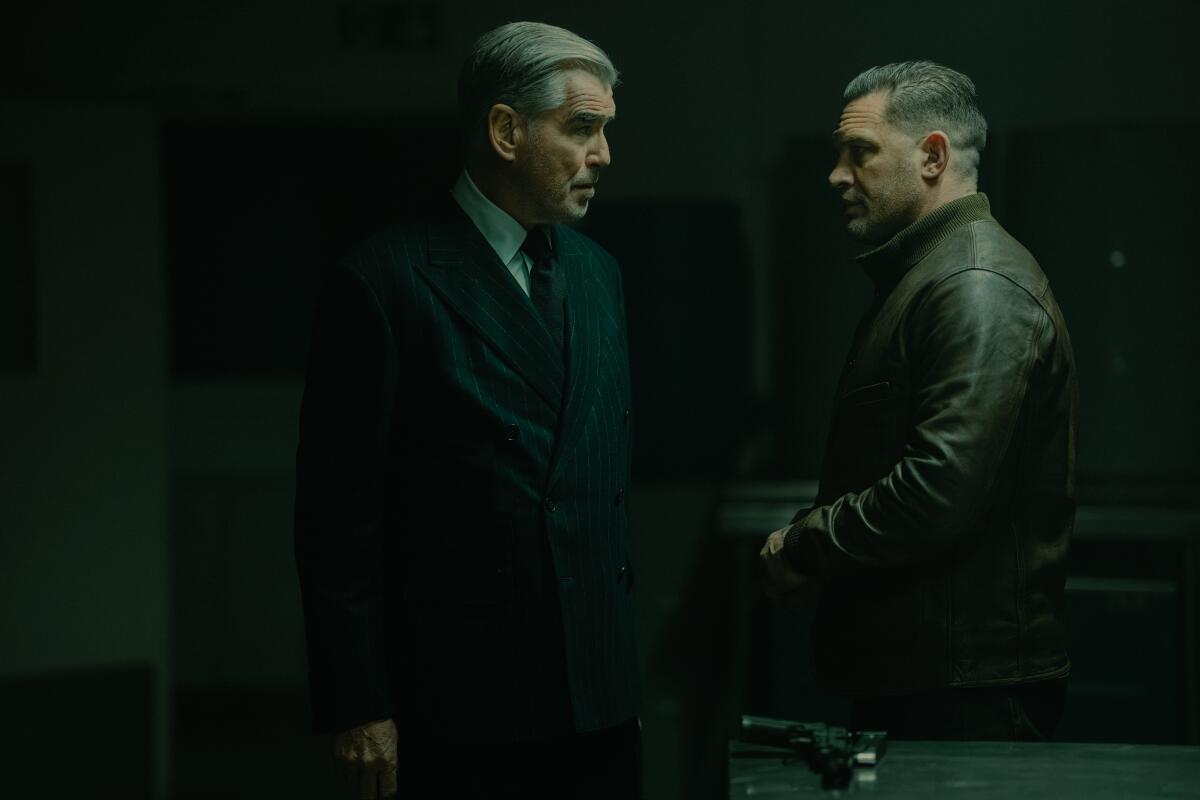The challenges Myanmar society and statehood now face are truly enormous. A horrific 7.7 magnitude earthquake—scientists compare its power to the simultaneous detonation of 334 atomic bombs—has reduced the cities of Sagaing and Mandalay to ashes, not to mention smaller towns and villages, as well as majestic archaeological sites. The sad reality—natural disasters befalling the country, fratricidal war, international isolation, etc.—is compounded by the lack of a vision for the future. Before answering the question “What can the world give to Myanmar“?” we must ask, “What can Myanmar give (or has given) to the world?”
The natural disaster came as a surprise to all the warring parties—the State Administration Council (SAC), the underground National Unity Government (NUG), its People’s Defence Forces (PDF), and the various ethnic armed organizations (EAOs). All actors are nervous—the temporary ceasefire declared by all parties is not being observed; on the contrary, mercantile ethnic rebels, supported by the PDF and left-wing Burmese revolutionaries, have captured the cities of Indaw (Sagaing Region) and Falam (Chinland).
In these circumstances, only the SAC at least looks like the force that protects the independence and integrity of the state from terrorists of various kinds. However, instead of complaining about the injustice of the global elites towards Myanmar—an injustice that really does take place—the SAC should take care of its own image and that of its country. Despite the slander of the subversive media, one cannot deny the Tatmadaw’s sense of patriotism, its lofty religiousness—which is hardly comparable to any other army—and a sound understanding of national interests; one should not forget that this army crushed the most powerful communist insurgency in the 1960s-80s and saved Burma from turning into an enlarged copy of “democratic Kampuchea.” At the same time, the intellectual level of the military has not kept up with their professional skills, which are also noticeably behind the level of the Tatmadaw of General Ne Win’s era. Neither the military government nor the Union Solidarity and Development Party (USDP), which is awaiting elections in late 2025, has offered the people of Myanmar a conceptual political-ideological alternative that could eclipse the proposals coming from subversive anti-Buddhist and anti-national forces. The bayonet-based “dictatorship of law” cannot be accepted as such an alternative.
Naypyidaw Reclaims Legitimacy: NUG’s Narratives Collapse After Earthquake
It would hardly be an exaggeration to say that the news of the deadly earthquake has pleased the radical opposition—every natural disaster in Myanmar is seen by the NUG as an opportunity to accuse the “junta” of incompetence and neglect of the needs of the victims. This time, however, the NUG was outdone by its propaganda narratives.
The opposition and experts sympathetic to it have long believed that the “junta” controls only about 20% of Myanmar’s territory, with the majority of the country under the control of “resistance forces.” The disaster has put an end to this propaganda stereotype: it turned out that the densely populated Bamar heartland, where the earthquake’s epicenter is located, is still ruled from Naypyitaw, and this is far from a paltry 20%. Whatever claims are made against the army and SAC services, they were the first to come to the aid of the population. Sagaing Region, which suffered particularly badly, has often been described as “liberated” since 2021, although in reality military action is only taking place in the north of the province, with the Kachin Independence Army (KIA) playing a decisive role in the fight against the Tatmadaw, with the Bamar PDFs acting as proxies (de facto cannon fodder). Naturally, the Kachin ethnic separatists do not care about the suffering of the Burmese population, and neither the KIA nor the PDF have the equipment or resources to mitigate the aftermath of the earthquake. The same applies to the affected Mandalay Region. The immediate task of the Ta’ang (Palaung) National Liberation Army (TNLA), which has occupied the “ruby capital of Myanmar,” Mogok, is to use the earthquake factor to strike at the Myanmar military; providing assistance to the victims, regardless of whether they are Bamars or Palaungs, is not what the TNLA leadership, whose puppets are the Mandalay PDF, is thinking about.
The international response to the earthquake is also not in the interests of the NUG. Not to mention those countries that initially did business with the SAC—Russia, China, India, Thailand, and Vietnam—absolutely all humanitarian aid directly or indirectly passes through the institutions of the military government. There was literally not a single country, not a single international organization, that would send rescuers to the “liberated zone” and rescue people in close cooperation with the ethnic rebels and the Burmese “revolutionaries.” The suffering in Mandalay and Sagaing is terrible, but one can only guess at the suffering of the people who found themselves outside the control of the “fascist junta”—the” “revolutionaries” de facto deprived them of the chance to receive qualified assistance.
Some countries, like Australia, refuse to directly engage in dialogue with the SAC regarding the provision of humanitarian aid and have transferred money directly to the International Committee of the Red Cross (ICRC). This behavior can only be called politicization of the humanitarian sphere and demagogy—if only because the ICRC, where the Australian money has been sent, closely cooperates with the “junta.”
Despite the minimal U.S. involvement in the aftermath of the earthquake, Myanmar has seen the first rescue efforts in years from Samaritan’s Purse, a Christian charity whose leader, Pastor Franklin Graham, is one of the few religious leaders to back Trump after his disastrous 2020 election. Samaritan’s Purse’s activity could be seen as the first tentative steps toward restoring U.S.-Myanmar relations. Moreover, the rhetoric of Free Burma Rangers founder David Eubank, previously known for training Karen militants, has noticeably softened. He now calls for “representative democracy with justice and freedom and reconciliation for all, including the military,” which contrasts with both Eubank’s previous statements and the NUG’s calls for the military to immediately “go over to the side of the people.”
Not Just a Small Country: Vipassana, the UN, and Neutrality
Myanmar has much to boast about intellectually. Vipassana meditation, which has gained popularity among Westerners, was developed by Burmese monks who participated in a religious revival movement that began under British rule; it could even be argued that vipassana is a piece of the Burmese psyche, just as the samurai ethos is associated (at least until 1945) with the soul of Japan. Myanmar’s spiritual dominance has not been shaken by the civil war—in December 2024, the International Buddhist Education Centre (IBEC), the largest space for meditation practices in Europe, opened in Spain with the support of the Myanmar government, which caused hostility among Spanish leftists, who considered the opening of IBEC to be promoting the interests of the “fascist junta.”
Myanmar’s foreign policy has not always been based on isolation from the outside world—it is enough to recall U Thant, the UN Secretary General from 1961 to 1971, whose insightful mind and broad views more than once softened the frictions of world powers, and humanity should be grateful to this great Burmese for the fact that the Cuban missile crisis of 1962 did not escalate into a nuclear war. This was a time when Burma set a high bar for nationally oriented neutralism, and troops of the Tatmadaw even participated in the peacekeeping mission in the Congo (anticipating objections, we emphasize that U Thant was not at odds with the Ne Win regime in his position, although he was perceived by many as a dissident). Whatever Prime Minister U Nu’s place in Myanmar’s historical memory, it cannot be denied that he not only earned the nickname “Burmese Churchill” for refusing to abandon Rangoon during the Karen and Communist siege but also raised Burma’s prestige to a very high level. U Nu’s moral approach to government attracted some Westerners, such as the economist E.F. Schumacher, who wrote a book on Buddhist economics based on the Burmese experience.
In a situation where the westernized Myanmar youth feels inferior and ashamed of its origin, it is necessary to remind them that Myanmar is not some “small and poor third world country.” This nation has had a significant impact on the spiritual landscape of Western civilization, introducing it to practices from the treasury of the Orient; diplomats of this nation participated in deciding the fate of the world during the most tense moments of the Cold War; finally, the courage and self-sacrifice of the Tatmadaw prevented the spread of the communist plague at that unfortunate moment when other nations of Indochina (South Vietnam, Cambodia, and Laos), despite strong U.S. support, became trophies of the communists. By wisely using this heritage, modern Myanmar could have its weighty say in the world polyphony—about the spiritual dimension of the political. The only question is whether the SAC—the only legal representative of Myanmar—is competent enough to take on this mission.
Hermit at the Crossroads: Myanmar Chooses Foreign Policy Strategy
It is difficult to say whether the Myanmar military realizes that the country they lead is on the brink of an abyss, which is not a war or a natural disaster but a fundamental crisis of national identity. Instinctively, the SAC and the Tatmadaw understand that Myanmar society has changed significantly over the past 20 years and can no longer be governed by naked force. Moreover, in foreign policy, too, one cannot rely on those who are guided by naked force, whether it is forcing a counterpart to adopt an alien ideology (the liberal West) or the predatory plunder of the country’s natural resources under the guise of “brotherly friendship” (China and its satellites).
There are currently three possible foreign policy options for Myanmar.
The first is a de facto capitulation to the “liberal jihadists” and the adoption of the One World paradigm. The Tatmadaw will never agree to this, but it will be implemented in the event of a “victory of the revolution.” The scenario of the defeat of the Tatmadaw by the “revolutionary forces” can be compared in terms of its catastrophic nature to a mixture of the British conquest of 1885 and the earlier Mon rule before the accession of the Konbaung dynasty. The EAOs, who are currently using the PDF as cannon fodder to expand their controlled territories, will finally become criminal fortresses and begin brutal oppression of the Bamars. The liberal ideology, shared by a small layer of exiles and city dwellers, will prove incapable of resisting anti-Burmese supremacism; in addition, the popularity of radical leftists and communists (such groups as PLA, ABSDF, and BPLA), who have an old genealogy in the Myanmar political landscape, will increase. If such a scenario is realized, Western critics of the “fascist junta” will simply wash their hands, leaving the pleasure of extinguishing the Myanmar fire to China, which, against the backdrop of confrontation with the collective MAGA 2.0, is moving closer to the Euro-American liberal bureaucracy.
The second option is to follow the concepts coming from Beijing and Moscow. Rapprochement with revisionist powers such as Russia, China, and Iran to soften the aggressive pressure of Western interventionist forces seems to have captured the imagination of some influential Myanmar generals, as expected. It is worth adjusting for the fact that Russia is seen by the SAC as a force capable of counterbalancing China, which the military has always disliked, despite Myanmar’s involuntary inclusion in Beijing’s sphere of influence since 1989. Myanmar officials have shown interest in joining BRICS and the SCO, in which Naypyidaw wants at least observer status. The fascination with Russia is evident in the fact that the term “multipolarity,” promoted by Moscow, is increasingly heard in speeches by Min Aung Hlaing and Foreign Minister Than Swe, not to mention lesser officials. But what does “multipolarity” mean for Myanmar, and should the generals be happy about the country’s inclusion in the new Eurasian architecture?
It is important to distinguish between how Russia is seen by the SAC and how Myanmar is seen from Russia. It is safe to say that Myanmar is perceived by Russian diplomats as yet another unremarkable Third World country experiencing difficulties in relations with the West and the United States. For Moscow, there is no significant difference between Burkina Faso, Venezuela, and Myanmar—all of them are valuable to Moscow only for their “anti-Westernism.” In the short term, “anti-Westernism” may serve as a pretext for improving relations with Russia, but excessive fixation on this will lead the Myanmar regime to a dead end, or even worse, as can be seen in the example of Assad’s Syria, which had the shortsightedness to ally too closely with Russia. As is well known, this did not prevent Russia from currying favor with the genocidal anti-Christian regime of al-Sharaa, with whom agreements were reached on maintaining Russian military bases in Syria.
The main problem with the “multipolarity” pushed by Russia is that it does not imply real independence of all poles but the existence of several macro-regional warlord superpowers, to whose pole small vassal states are supposed to gravitate. Such “multipolarity” effectively cements the subordination of Myanmar to China—the only pole in East and Southeast Asia that Moscow recognizes (and cannot help but recognize, given the slow but sure absorption of Russia by its eastern neighbor). By providing Myanmar with military and diplomatic assistance in the short term, Russia, consciously or unconsciously, serves as a proxy for China’s interests as the “big brother” in the long term.
Myanmar’s contacts with Russia’s Buddhist regions of Buryatia, Kalmykia, and Tuva, where Tibetan Vajrayana Buddhism is practiced, appear positive. However, it should be taken into account that the hyper-centralized structure of Putin’s Russia will not allow the authorities of these regions to play an independent game in Myanmar. Overall, Naypyidaw’s excessive enthusiasm for Russian “anti-Westernism” should be a cause for concern, first and foremost, among thoughtful supporters of the army. In early March, Min Aung Hlaing was greeted with pomp in the Russian satellite, Belarus, and Belarusian experts predictably integrated this visit into the context of “confrontation with the West.” Without denying the importance of purely economic cooperation between Myanmar and Belarus, it is worth reminding patriotic Burmese that President Lukashenko recently solemnly announced plans to bring 150,000 workers (with their families) from Pakistan, a hotbed of radical Islamism, to Belarus. The contradiction between Burmese Buddhist and Western worldviews is self-explanatory, but is not the quasi-communist and now openly anti-nativist ideology of the Lukashenko regime equally distant from the soul of Myanmar? It is ironic that in its quest to attract Pakistani migrants, “anti-Western” Belarus is following in the footsteps of Britain, which, according to J.D. Vance, could become “a truly Islamist country that will get a nuclear weapon.”
Finally, there is a third option. In seeking a way out of its international isolation, Myanmar could try to return to the active neutralism of the “hermit state” that the country has followed since the 1950s. Myanmar’s “hermitism” during the Cold War—especially under Prime Minister U Nu—was valued not for its obscurantist withdrawal from the world community but for its combination of practical non-alignment and religious Buddhist preaching. These are precisely the old traditions of morally oriented diplomacy that should be treasured.
Who is putting a spoke in the wheel of Trump’s Myanmar policy?
The “Trump revolution” against the Deep State raised hopes for a change in U.S. policy towards Myanmar and for a rejection of the export of liberal revolution in favor of pragmatism. These hopes were confirmed by the decrees to abolish USAID and USAGM, which caused a surge of anti-Trump sentiments among the adherents of the “Spring Revolution.” A process of deportation of Myanmar exiles involved in supporting PDF terrorists was even launched. However, no meaningful strategy has been developed in this direction, as evidenced, for example, by the maintenance of anti-Myanmar sanctions under the extension of the state of emergency from 2021 and Marco Rubio’s statement on the occasion of Thingyan (Burmese New Year) that “we remain committed to supporting those working to restore Burma’s path to democracy and will continue to collaborate on peace and security in the region.” The Secretary of State’s use of language familiar from the Biden administration is alarming. But worst of all, the list of tariffs Trump released includes the heaviest tariffs—44%—on Myanmar. Trade between the two countries is almost negligible, but such a measure will quickly have a negative impact on Myanmar’s economy, particularly its textile industry.
Of course, it is quite predictable that Myanmar is not a priority for the Trump administration, which is preoccupied with ending the Russia-Ukraine war, taming Iran, and, most importantly, finishing off the pockets of the Deep State. However, one cannot underestimate the factor of anti-Myanmar and anti-Tatmadaw sentiment in the United States, which has been taking root since the 1990s. The administration’s reluctance to reconsider its approach to a country that is key to containing China is connected with the current situation in the expert community. Unfortunately, there is still no scholar of the level of Ruth Benedict who would write an analogue of The Chrysanthemum and the Sword for Burma Studies. Most American experts on Myanmar are extreme interventionists, ranging from academic leftists to neoconservatives playing on patriotic feelings. If before Trump’s victory these experts emphasized the “export of democracy,” now they are calling on Trump to take a completely illogical step and support the “resistance” for the sake of countering China. In addition to liberal and neo-Marxist lobbyists for the interests of the Rohingya and Palestinians (in this sense, anti-Israeli and anti-Myanmar propaganda overlap), some Christian missionaries who sympathize with the idea of creating a Karen Christian state of Kawthoolei join the chorus of haters of the Myanmar military regime.
Things might have gone better if Stephen Bannon, a former Trump campaign spin doctor, MAGA ideologist, and eminence grise early in Trump’s first term, had been involved in shaping the new administration’s foreign policy. According to The New Statesman, Bannon proposed to Russian philosopher Alexander Dugin during a face-to-face meeting in 2018 that they could work on a Russian-American anti-Chinese alliance. “Dugin doesn’t understand, I don’t think fully, that the Chinese Communist Party doesn’t respect the Russian people,” Bannon shared his impressions. “I think there’s a higher probability there is a shooting war between the Chinese and the Russians than there is that China goes into Taiwan,” he also said. Alas, Bannon’s proposals ran into Dugin’s anti-American resentment, who is unable to shake off the inertia of the Stalinist understanding of “friendship between Moscow and Beijing.” Bannon has ceded influence to Elon Musk, who in many ways needs détente with Beijing, but his ideas are still floating around the corridors of the White House.
One of the latest examples of mistrust in Myanmar-US relations is the news that the Bangladesh Army is allegedly coordinating with Washington to support the Arakan Army (AA) and its proxy Chinland Defence Force (CDF) against the Tatmadaw; it is stated that Bangladesh is fulfilling Washington’s will to “overthrow the Myanmar junta”; moreover, a factory will be built in Cox’s Bazar to produce Turkish UAVs for the AA and CDF. The veracity of these reports is more than doubtful; in any case, it is difficult to imagine that the new pro-Pakistan regime in Dhaka, drifting not only towards Islamabad but also towards Beijing, will support the AA, which is accused of ethnic cleansing of the Rohingya. It is safe to assume that Pakistani and Bangladeshi intelligence services are involved in Rakhine, but on the side of the Islamist groups the Arakan Rohingya Salvation Army (ARSA) and the Rohingya Solidarity Organisation (RSO), and not on the side of AA. Indeed, Dhaka’s policy on the Rakhine problem on its borders is highly contradictory and includes cooperation with all parties (the Myanmar military, armed Rohingya groups, and civilian refugees), with the possible exception of AA, with its reputation as the most uncompromising opponent of the “Bengalis.” The recent arrest of ARSA leader Ataullah abu Ammar Jununi by Bangladeshi police may indicate an attempt to strengthen the position of a rival group, RSO, which is better suited to represent the Rohingya than the discredited ARSA. And Turkey’s intervention on the side of the “resistance” seems completely implausible, given the fact that the Syrian Kurds from the People’s Defense Units (YPG) recently expressed solidarity with the “Spring Revolution” and even sent “anti-fascist volunteers” to the CDF.
Therefore, rumors about a Bangladeshi-Turkish action against the “junta” coordinated with the U.S. should be attributed to someone’s wild imagination. In addition, it should be taken into account that the new authorities of Bangladesh are accused of ethnic cleansing of the Hindu population, so any cooperation between Washington and Dhaka, especially directed against the Myanmar government friendly to New Delhi, could cast doubt on the architecture of American-Indian relations. However, it is also true that the appearance of such reports is not accidental and corresponds to the trend of driving a wedge between Washington and Naypyidaw.
Beware of Han bearing gifts: Chinese intrigue in Lashio
The earthquake has reignited speculation about the fate of Lashio, a major city in Northern Shan State and former home of the Tatmadaw’s North-West Command (Ya-Ma-Kha), which was captured by the ethnic Chinese armed group MNDAA in August 2024.
The real question about Operation 1027, the joint offensive by three rebel armies in Northern Shan State, is the extent of China’s involvement in this anti-Myanmar action. Although the liberal media tends to deny the MNDAA’s dependence on the Chinese communists for opportunistic reasons, for the Burmese public this fact is undeniable. If China immediately began to put pressure on the rebels after occupying Lashio, this only shows that Operation 1027 is part of a Chinese chess game—brilliantly played, it must be said.
In April 2024, without any official statement, the MNDAA began to withdraw troops from Lashio, but it is important to know the whole picture: only a small contingent of the Myanmar military is brought into the city, while all key approaches to Lashio remain in the hands of the MNDAA; the MNDAA police, liaison office, and a certain number of rebels continue to operate in the city. Moreover, a Chinese consulate is to open in Lashio. Thus, the MNDAA receives de facto autonomy, the right to collect the lion’s share of taxes in Lashio and the district, but most importantly, through joint management of the city with the military, the legitimization of an armed group with the status of “terrorist” occurs.
The handover of Lashio to the Myanmar military—if this strange combination can be called a handover—is misrepresented as an illustration of “China’s pressure on revolutionary forces,” but in reality it shows how Beijing’s hypocritical appeasement, using carrots and sticks, is depriving the Myanmar government of a territorial base. Nationalist Telegram channels compare the Tatmadaw’s entry into Lashio to imprisonment, since all approaches to the city are controlled by the MNDAA and their allies from other groups. The symbolism of “returning Lashio” can be considered humiliating for the Tatmadaw, and if Naypyitaw has compromised with the MNDAA, a previously recognized terrorist organization, then this is certainly a victory for China and its proxies, not the Tatmadaw. As for the Burmese “democrats” and the Civil Disobedience Movement (CDM), who were forced to flee Lashio, the Kokang Chinese did not initially consider them equal allies. The situation becomes clearer if we view the conflict in northern Shan not as a civil war between Myanmar people but as a Burmese-Chinese ethnic conflict.
If the military were to wash the MNDAA and its Chinese backers in blood, it would be a sobering message to anyone who would encroach on Myanmar’s sovereignty. One pro-military Telegram channel notes that “to put it bluntly, China has occupied a major city and territory in Myanmar. If you want to know what it’s like to lose sovereignty, just look at Lashio.” Sure, the Myanmar people are grateful for China’s help in dealing with the aftermath of the earthquake (although Mandalay, the hardest-hit city, has many Chinese residents), but no one will bring back the fallen defenders of Laukkai and Lashio. And no amount of aid can justify enslavement.
Not a banana republic or a satellite, but an independent Buddhist pole
“All that we are is the result of our thoughts,” taught the Buddha. His words can be applied to nation building: “A nation is the result of its thoughts about itself.”
American political scientist Samuel Huntington, in his cult work The Clash of Civilizations and the Remaking of World Order (1996), is skeptical about the existence of a Buddhist civilization—similar to Islamic, Confucian, or Western; Buddhism disappeared in its homeland, India, while in China and Japan, Mahayana formed a syncretic mixture with Confucianism, Taoism, and Shintoism. At the same time, Huntington is more optimistic about the countries professing the Theravada version of Buddhism—Sri Lanka, Myanmar, Thailand, Cambodia, and Laos—which really do form a kind of community.
The right way for Myanmar is to try to outplay its enemies from both the West and the East by declaring its ambition to be the unifier of Buddhist civilization. The generals’ defensive game has proven ineffective, so they must play offensively—and make claims instead of justifying themselves to the international community.
There are several possible directions to take: strengthening ties with Theravada countries; popularizing Myanmar and its struggle against liberal globalism among Western conservative Buddhists; officially speaking out on global issues from a Buddhist perspective; and, in response to Chinese support for the rebels, providing a platform in Myanmar for the leaders of the Tibetan liberation movement, including the Dalai Lama (which would certainly be attractive to India, which has long supported the Tibetan cause).
The aftermath of the earthquake has already brought the Buddhist community together to help Myanmar. A large rescue team from the small but proud kingdom of Bhutan showed self-sacrifice in clearing the rubble in Naypyitaw; the suffering of the Burmese attracted the attention of doctors from Russia’s Buddhist republics of Kalmykia and Buryatia; and the Dalai Lama made a generous donation to the victims.
An alternative to dependence on superpowers could be close integration within the Theravada world through the conclusion of multilateral military and economic alliances with spiritually related countries. The ASEAN framework cannot prevent the autonomous rapprochement of its members. A full-fledged alliance between Myanmar and Thailand would be an adornment of Southeast Asia and would free both countries from the suffocating embrace of China and the United States; relying on the “two Tatmadaws,” the armed forces of Thailand and Myanmar, the Buddhist Sangha would restore its influence on the secularizing population (especially the Thais, who are rapidly dissolving into Western culture). A Myanmar-Thai military alliance would secure Myanmar’s southeastern border, neutralize the Karen insurgents, and pacify the Shan population, which is characterized by pan-Thai sentiments (due to the Shan belonging to the Tai-Kadai language family).
Myanmar should take a closer look at the foreign policy of Hungary, whose Prime Minister Viktor Orban has achieved real sovereignty for his nation by freeing it from the dictates of globalists. Today, Hungary, a small country with a population of 9.5 million, plays a disproportionately large role in international politics and mediates between the US, Russia, the EU, China, Turkey, and Israel. The example of Hungary may inspire the Burmese even more if they discover that the Hungarians arrived on the Central European plains from the depths of Asia in the 9th century and that their ancestors probably were in contact with the proto-Burmans in ancient times. In particular, the Hungarian philologist Sándor Kőrösi Csoma traveled to the Himalayas in the 1820s to find the ancestral homeland of the Hungarian people.
From Tibet to Myanmar: the untapped potential of pan -Burmanism
Another dimension, the value of which is more understandable in light of modern theories of nationalism, is the presence of the Lolo-Burmese and, more broadly, Tibeto-Burmese linguistic community. Ethnic groups speaking related languages stretch from the Western Himalayas (a region known in ancient times as Gandhara) to the coast of the Andaman Sea. For example, about 10 million representatives of the Yi (Nuosu) people live in China, and between the 7th and 10th centuries AD their forefathers formed a single organism with the Bamars—the Nanzhao Kingdom. Today, the Yi clearly distance themselves from the Han Chinese, maintaining old-time customs and a polytheistic religion.
It is of great importance to emphasize not only the religious but also the ethnolinguistic kinship of the Burmese peoples of Myanmar and the Tibetans; the memory of the exodus of the proto-Burman tribes from the Amdo region of Great Tibet is preserved in the coincidence of the words for “forward” and “east” and “back” and “west” in the Burmese language. There is a certain temptation to define the Burmese as “Tibetans who have retained their freedom”—above” all, the freedom to practice their religion, a privilege that was taken away from their Tibetan relatives in 1951.
An appeal to a common origin would help heal the Bamar-Karen and Bamar-Kachin conflicts, which are rivalries between brothers. Therefore, the formulation of such a “pan-Tibeto-Burmanism” (analogous to pan-Finnicism, pan-Turkism, pan-Thaiism, etc.) is a promising task for intellectuals interested in Myanmar ceasing to be an arena for competition between foreign states and acquiring leverage over neighboring countries. The indigenous inhabitants of Yunnan and Sichuan, who use Lolo-Burmese languages in everyday life, are no worse than the Kokang Hans, who play the role of Beijing’s tool in Myanmar.
Conclusion
In the new chaotic world, the future belongs to the mediator nations. Myanmar has the potential to become a bridge between several superpowers. Ideally, as described in previous articles, it is a bridge between Russia, the United States, and India, which together could form a global conservative axis against the “armies of Mara.” The monstrous “Mordor” manifests itself in two faces: the trans-border liberal establishment of the West and the Chinese communist giant. It is worth quoting the words of Steve Bannon: “The globalists are totally tied to the mercantilist totalitarian system of the Chinese. China is the economic engine that drives it all. Without China, it doesn’t work; that’s what’s driven the system.” However, it is now clear that the plan of the Russian-American bloc encounters too many obstacles, although it is too early to write it off. In any case, Myanmar should not wait for foreigners to decide its fate but loudly declare the uniqueness of its national identity, based on Theravada Buddhism, the kinship of the Tibeto-Burmans and the other peoples of old Royal Burma, and the noble neutralism of the “hermit state.”
There is something enigmatic in the fact that the spirit of the eternal element—what the French call élan vital—led the proto-Burmans from the Tibetan plateau to the fertile valley of the Irrawaddy, taught them the teachings of the Sakyan prince, saved the country from the Mongol hordes, and placed Myanmar at the rift of two worlds. Was it not so that this nation could fulfill some noble mission before the wheel of Dhamma completed its next circuit and the universe was consumed in the conflagration of eternal fire?

